On January 17, 2021, a modified Boeing 747-400 aircraft, also known as Cosmic Girl, took off from the Mojave Aerospace Center. There was the LauncherOne rocket on board, created by Virgin Orbit. Soon the plane reached the designated area over the Pacific Ocean. Then the crew of the aircraft dropped the rocket off.
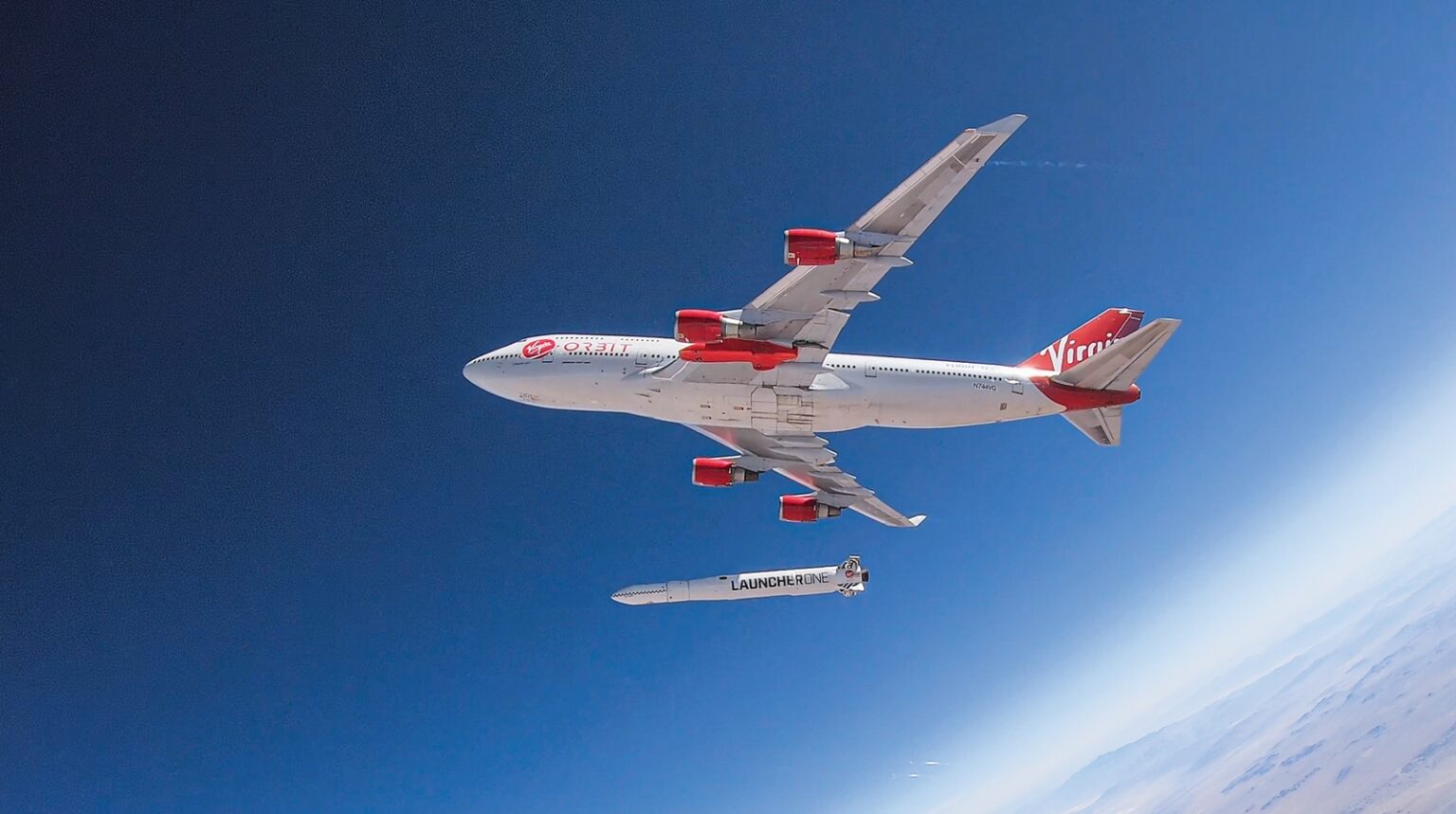
Then, the rocket launched 20 small satellites provided by NASA into orbit. Thus, LauncherOne entered history as the second carrier launched according to the air launch scheme (that is, not vertically from the spaceport, but from the carrier aircraft). Many readers may already have a reasonable question: why has this scheme not become widespread, despite a number of seemingly obvious advantages? Let’s figure it out.
A brief history of air launch
The idea of air launch dates back to the 1940s. Then the American military began testing experimental devices with rocket engines. The problem was that due to a small supply of fuel, the duration of their flight was limited to literally a few minutes. This made it impossible to launch rocket gliders from airfields: they would have used up all their fuel during takeoff without gaining the necessary altitude.
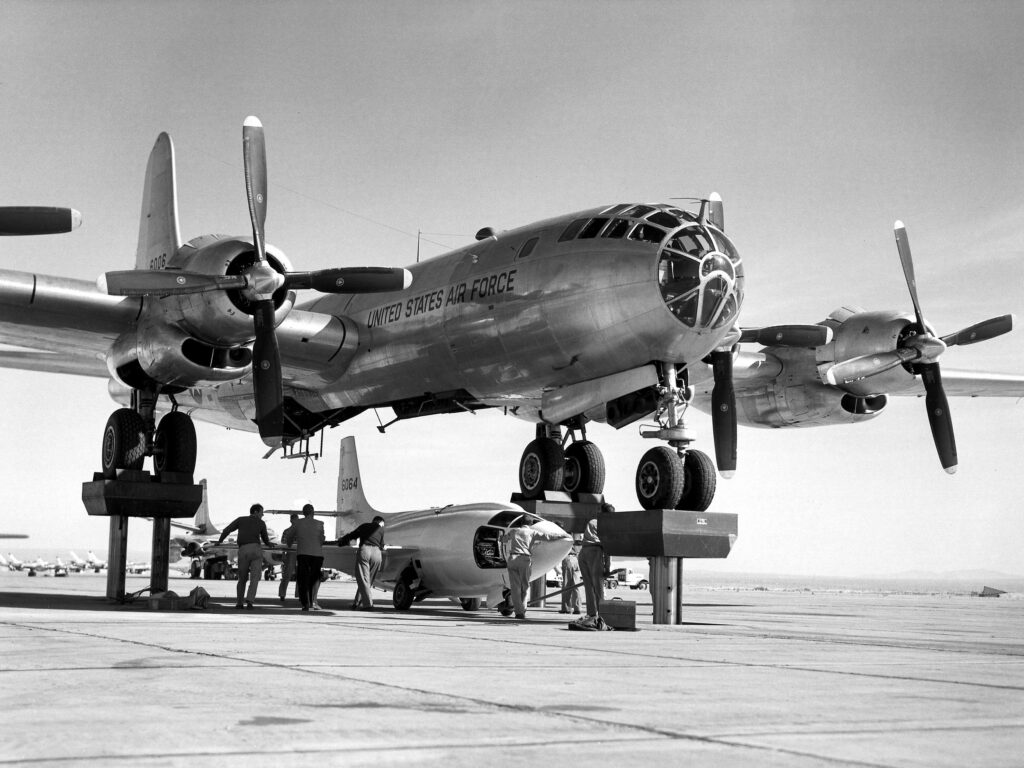
The solution to the problem was the use of special carriers to which rocket gliders were attached. Having reached the required height, they are dropped off the aircraft, after which they continued their flight independently. Bombers were usually used as carriers. So, the famous Bell X-1, piloted by Chuck Yeager to break the sound barrier for the first time in history, was launched from a B-29. And the equally famous North American X-15 was lifted into the sky by the B-52.
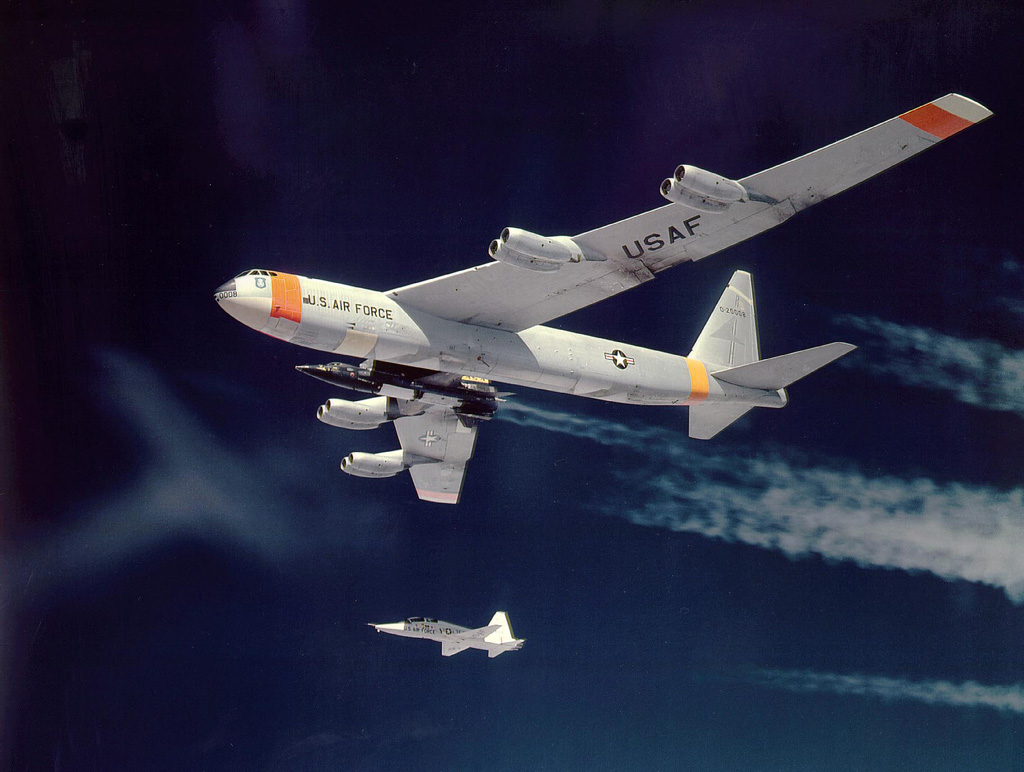
The next step was the use of bombers as a platform for launching ballistic and anti-satellite missiles. So, in 1958-1959, a number of tests of the Bold Orion system, designed to destroy spacecraft, were conducted. A B-47 bomber was chosen as the carrier.
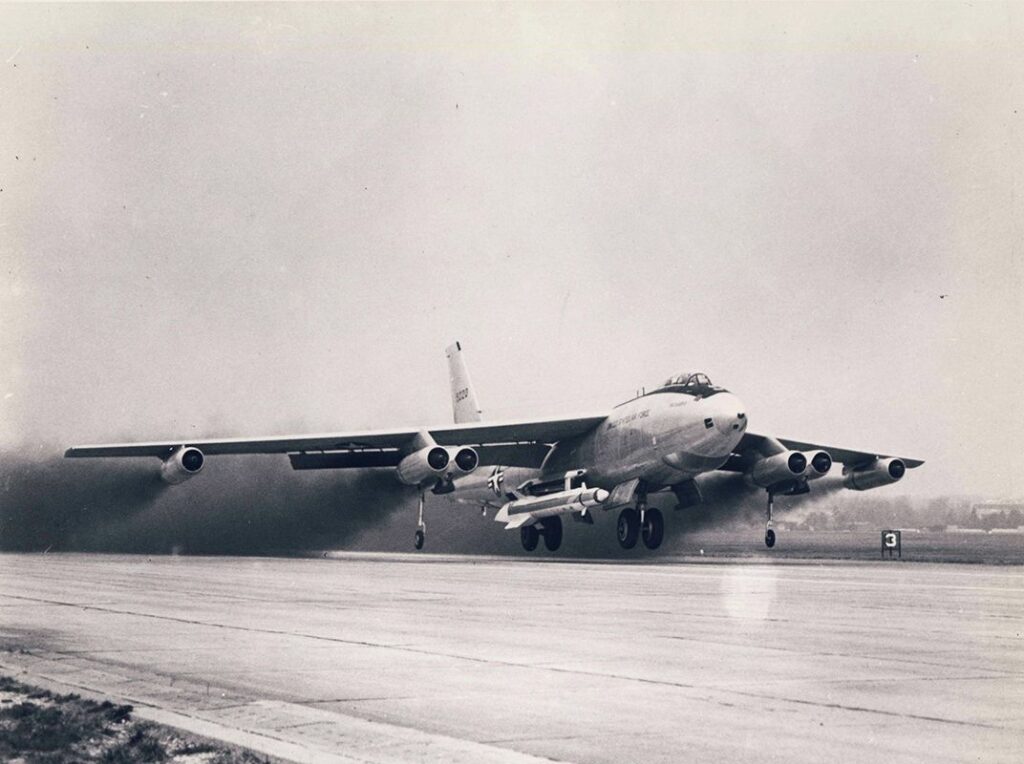
Such tests prepared the ground for the projects of full-fledged air launch systems. The carrier plane was supposed to be the first step for launching spacecraft into orbit. For example, North American Rockwell’s early concept of the Space Shuttle system involved the use of a manned winged craft as the first stage. After being dropped off, it, like an ordinary plane, had to land on an airfield and get prepared for reuse. Had the idea of the designers come to life, the Space Shuttle system would have become completely reusable. But NASA did not approve of this idea, qualifying it as too expensive and difficult to implement. They decided to abandon the piloted stage in favor of using a complex of two lateral solid propellant boosters and an external fuel tank.
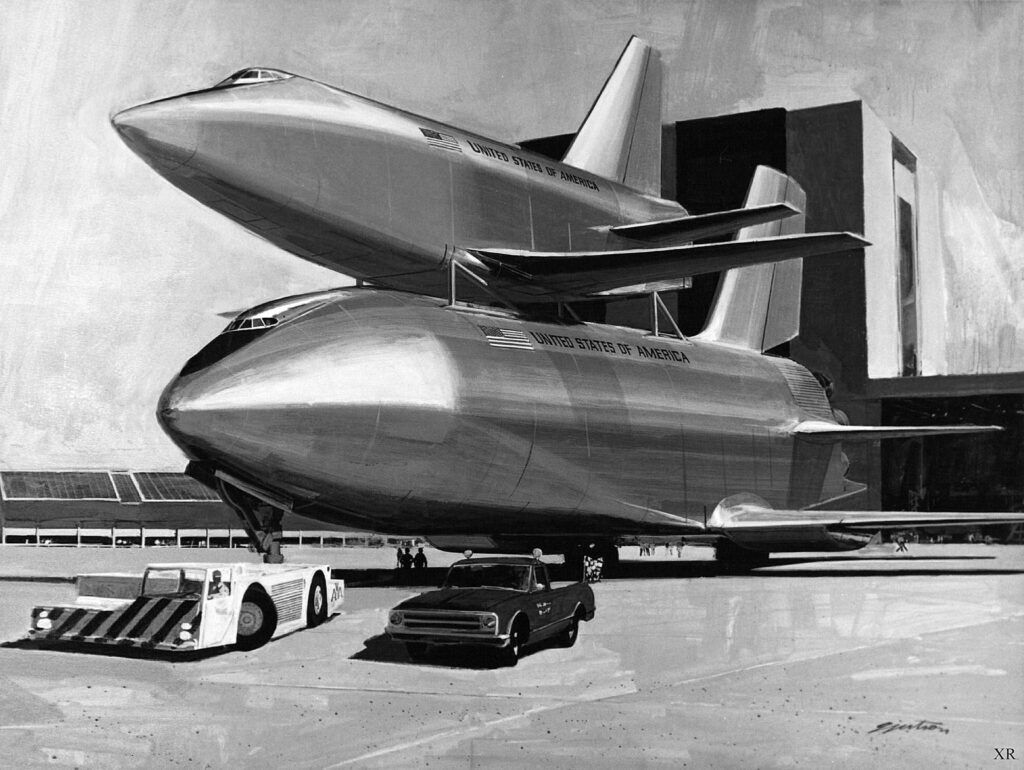
The USSR also had its own air launch system project. It was associated with the Spiral program, which involved the development of a combat space plane. It was planned to be launched by a hypersonic carrier — a 52-ton booster plane capable of developing a speed six times greater than that of sound. According to the plan of the developers, after reaching a height of 28-30 km, Spiral should be dropped off the carrier and continue its flight independently. Alas, the hypersonic aircraft had never been built in reality, and the program was shut down in the mid-1970s.
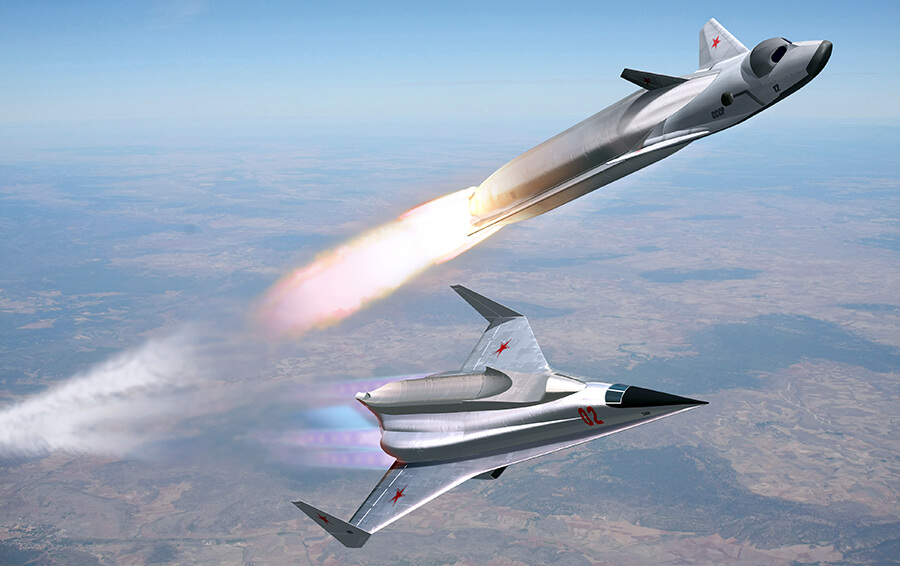
It is worth noting that after the collapse of the USSR, several projects of air launch systems were announced in Russia, which involved the use of An-124 and An-225 as carriers. But they never went beyond concepts.
Current air launch systems
The first actually built carrier launched using the air launch scheme was the three-stage Pegasus rocket developed by the Orbital Sciences Corporation (it later became part of the Orbital ATK company, which was acquired by Northrop Grumman in 2018). Its development began in 1987 and ended with the first successful launch in 1990.
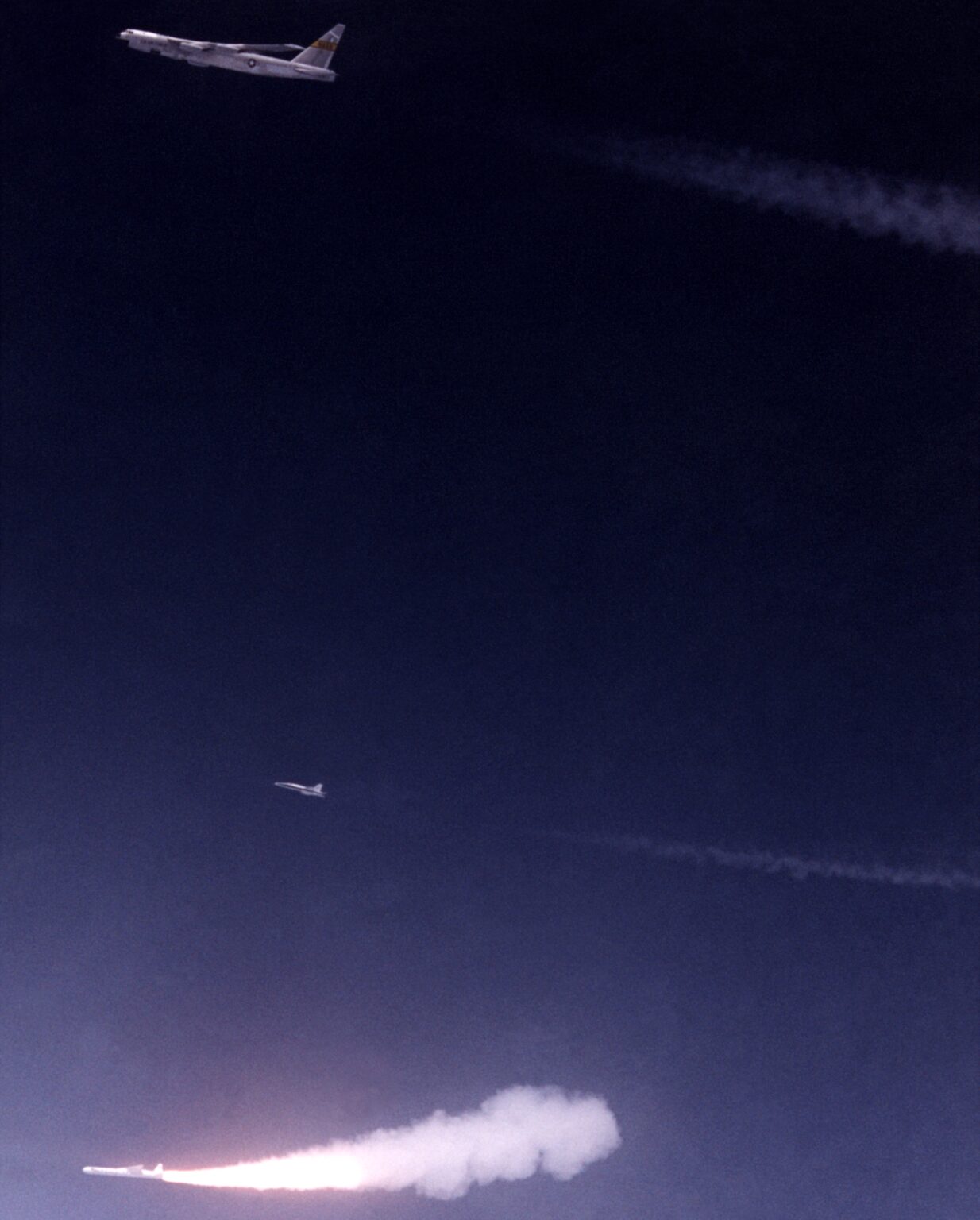
The early version of the Pegasus was 16.9 m long, had a diameter of 1.27 m and a gross weight of 18.5 tons. It could take a load of up to 400 kg into low Earth orbit (LEO). Initially, a modified B-52 belonging to NASA was used as a carrier aircraft, and then it was replaced by a Lockheed L-1011 TriStar.
In 1994, a modernized version of the missile, Pegasus XL, was demonstrated. Its length was 17.6 m, and its weight (in the fueled state) was 23.1 tons. This made it possible to increase the carrying capacity to 443 kg on the LEO.
In the first years of operation, Pegasus was not particularly reliable. Of the 14 launches conducted in the period since 1990 till 1996, three ended in cargo loss. In two more cases, the satellites were placed in a lower orbit than planned.
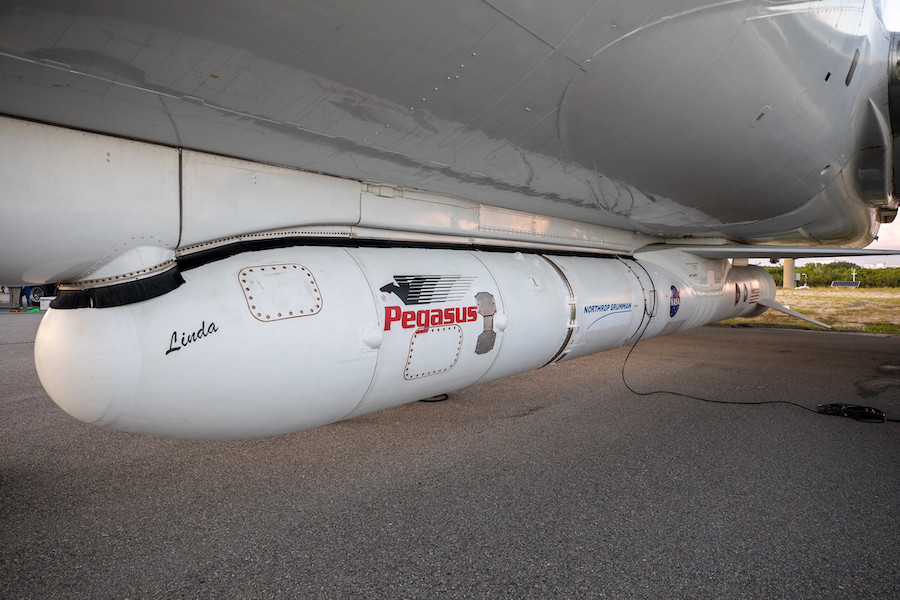
Finally, the engineers managed to get the rocket working — the next 30 launches of Pegasus were completely successful. However, the carrier’s prospects seem rather vague. The final commercial launch with its use dates back to 2003. Since then, the rocket has been launched into space only on missions funded by NASA or the US Air Force.
The current situation concerns money. The cost of one Pegasus launch is almost 40 million dollars. Such an amount could still be considered more or less acceptable in the 1990s and even in the zero years. But the emergence of SpaceX and the subsequent general decrease in launch prices made it commercially uncompetitive. For modern customers, it does not make sense to pay 40 million dollars for the launch of several hundred kilograms of cargo, when you can send it much cheaper as a “passenger” on the Indian PSLV, for example. Or, let’s say, order a brand new Falcon 9 for $67 million (or a Falcon 9 with an already used first stage for $50 million).
In the end, even NASA abandoned the “air launch”, giving SpaceX the contract to launch the IPEX satellite, although this mission was originally planned specifically for Pegasus. The last hope of the carrier was the Stratolaunch system. As a part of this project a huge plane was created, capable of carrying three such missiles at once on the external suspension. However, the death of the author of the project, Paul Allen, put an end to these plans as well. As a result, Northrop Grumman got back two missiles specially built for Stratolaunch, which remained unclaimed.
Trying to use them, the company commenced negotiations about new launches with NASA and the military. And while the US Aerospace Administration was not interested in the proposal, the US Space Force issued a contract for the mission within the TacRL (Tactically Responsive Launch) program. Its main purpose is to demonstrate the ability to quickly launch satellites ordered by the military.
In 2021, Pegasus launched a cargo under this contract. However, apparently, this success did not help the carrier much. Since then, there have been no further orders for the rocket. It is likely that last year’s launch will be the last in its history.
LauncherOne’s commercial prospects seem more attractive. The stated cost of the launch is $12 million, which allows it to compete with other promising small carriers. The payload capacity is up to 500 kg for a 230 km high USO and up to 300 kg for a 500-kilometer sun-synchronous orbit (SSO). For comparison, the payload capacity of the Electron rocket (after recent modernization) is up to 300 kg on the LEO and up to 200 kg on the SSO at a cost of approximately $7.5 million per launch.
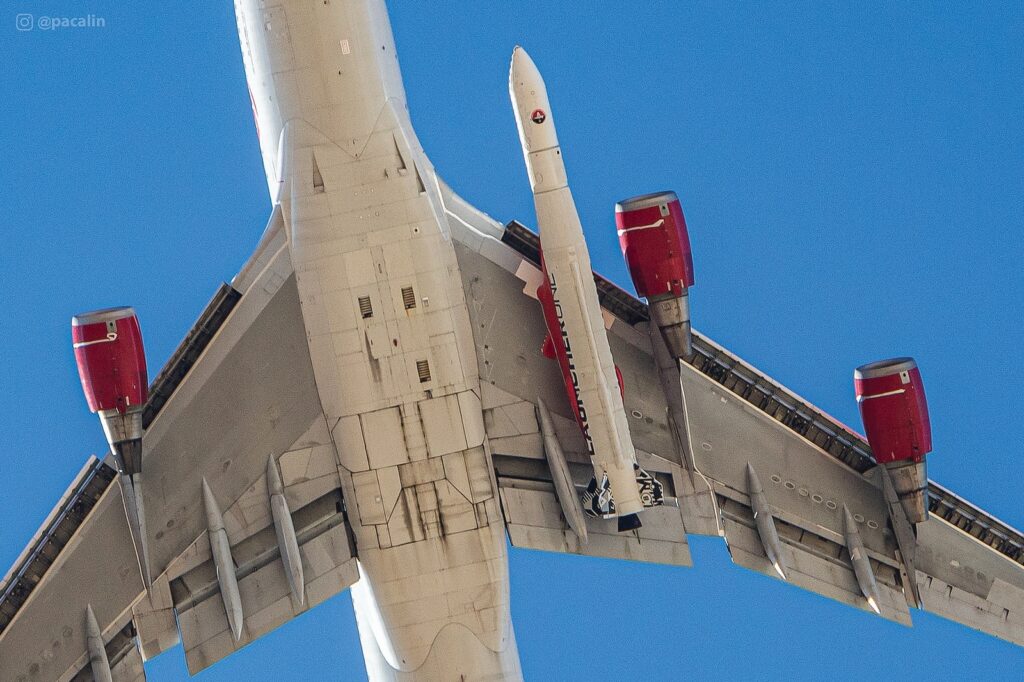
As for now, the carrier has four successful missions (only the debut launch of the rocket was unsuccessful). In addition, Virgin Orbit is actively trying to expand the geography of its operations. The first air launch from Great Britain is planned for 2023. The possibility of organizing flights from Australia and Japan is considered. The company also plans to modernize LauncherOne to increase its payload capacity and equip it with a third stage. This will make it possible to deliver cargo to geostationary orbits and interplanetary trajectories. So, this system has quite a good chance not only to keep, but also to expand its niche in the launch market.
Prospects of air launch systems
Despite the fact that air launch systems have not yet become widespread, the existing experience in the creation and operation of such carriers still allows us to draw certain conclusions about their prospects. Let’s start with the advantages of such missiles.
An obvious advantage of air launch is that launching from an airplane allows you to save part of the fuel and reduce aerodynamic losses due to the fact that at the time of dropping off the rocket has already gained a certain speed and has to overcome a smaller layer of air. And this provides an increase in carrying capacity compared to ground launch.

In addition, such a system does not require a specialized spaceport. The carrier aircraft can be launched from any airfield in any part of the globe. This makes it possible to launch the payload to a wide range of orbits with different inclinations. Such opportunity is a significant plus for most potential customers.
Unfortunately, air launch systems have significant drawbacks that limit the scope of their application. Yes, launching a rocket from an airplane gives a certain benefit in carrying capacity compared to a ground launch, but in reality it is not so great and amounts to a few percent. Elon Max in an interview commented on the situation as follows: “You are at a high altitude and moving at a speed of Mach 0.7-0.8 … At first glance, this should result in the increase in payload, right? Unfortunately, the answer is no. The benefit is very small. Maybe you’ll increase the payload by 5%… but you’ll have to deal with the maintenance of a huge plane. Basically, it’s the same as getting an extra stage/ From the point of view of SpaceX, it is easier to strengthen the first stage by 5% than to add a giant plane to the scheme.”
The use of a hypersonic carrier aircraft — like the one planned to be built for the Spiral — might change the current situation. Such a carrier would be able to significantly increase the efficiency of the entire system. But, unfortunately, such devices currently exist only on paper. And even if someone dares to build a hypersonic accelerator, its development will require a lot of time and money. And this can nullify all the economic benefits of using it for missile launches.
Another significant limitation of air launch is the carrying capacity of the carrier. Launching from a conventional aircraft is suitable for small rockets. But if we want to send a cargo weighing a couple of tons into orbit, we will have to use giant aircraft that exist in single copies (like Stratolaunch). For launches of heavier cargo, even larger air platforms must be built. The cost of their construction, again, can negate any potential benefit.
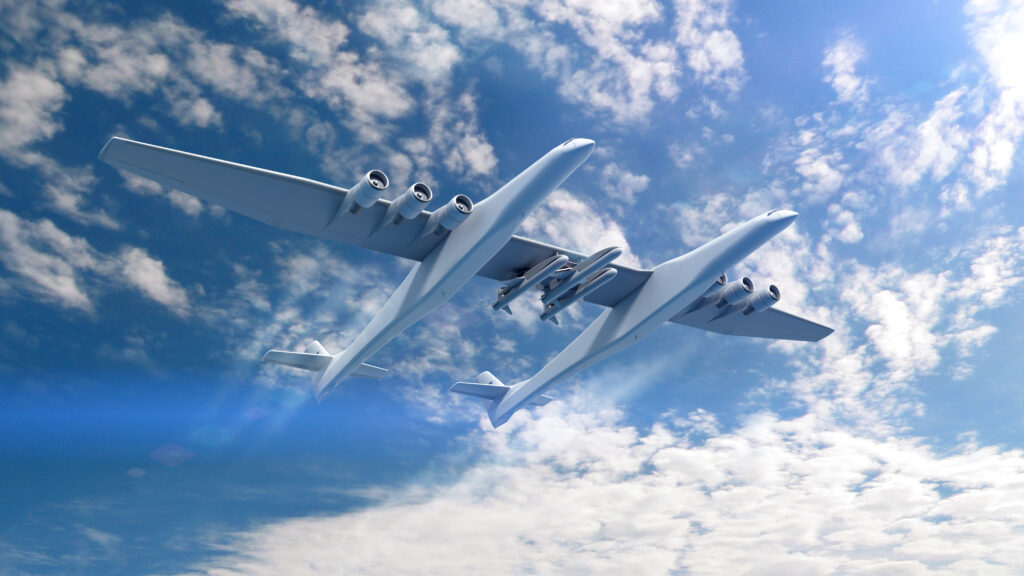
Another important factor is the structural strength of the payload and the launch vehicle. Spacecraft are often designed to withstand only axial loads, and horizontal assembly (a situation when the satellite lies “on its side”) is unacceptable for them.
Finally, it should be said that although a plane with a rocket can theoretically take off from any airfield, it still requires a service infrastructure. While operating Pegasus, the carrier was almost always launched from the territory of American spaceports and test centers, which largely eliminated the mobility factor.
Summarizing the above, we can argue that air launch systems are capable of occupying a certain niche. Although their advantages are largely offset by their disadvantages, with the right approach they can be commercially successful. But at the current technological level, this segment will be limited to small carriers launched from conventional aircraft. As the sad story of Stratolaunch shows, huge custom-made aerial platforms that look spectacular at presentations and attract press attention do not provide any tangible financial benefits.
The situation may change if an affordable hypersonic aircraft appears in the future, capable of delivering medium-weight cargo into orbit. But even under such a scenario, it is safe to say that most of the spacecraft will be launched in the traditional way.
